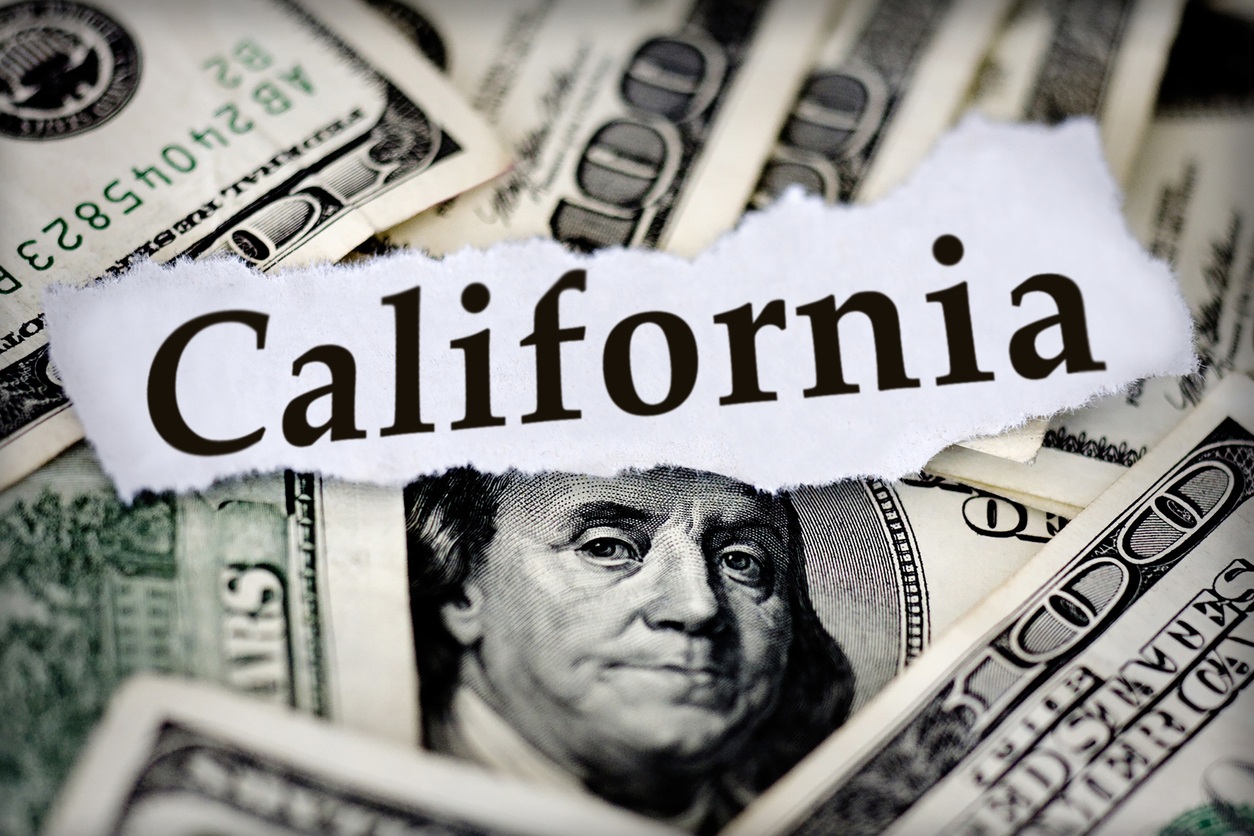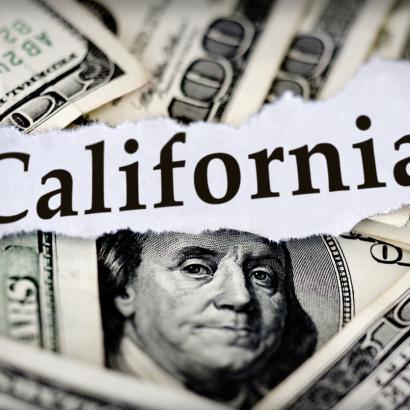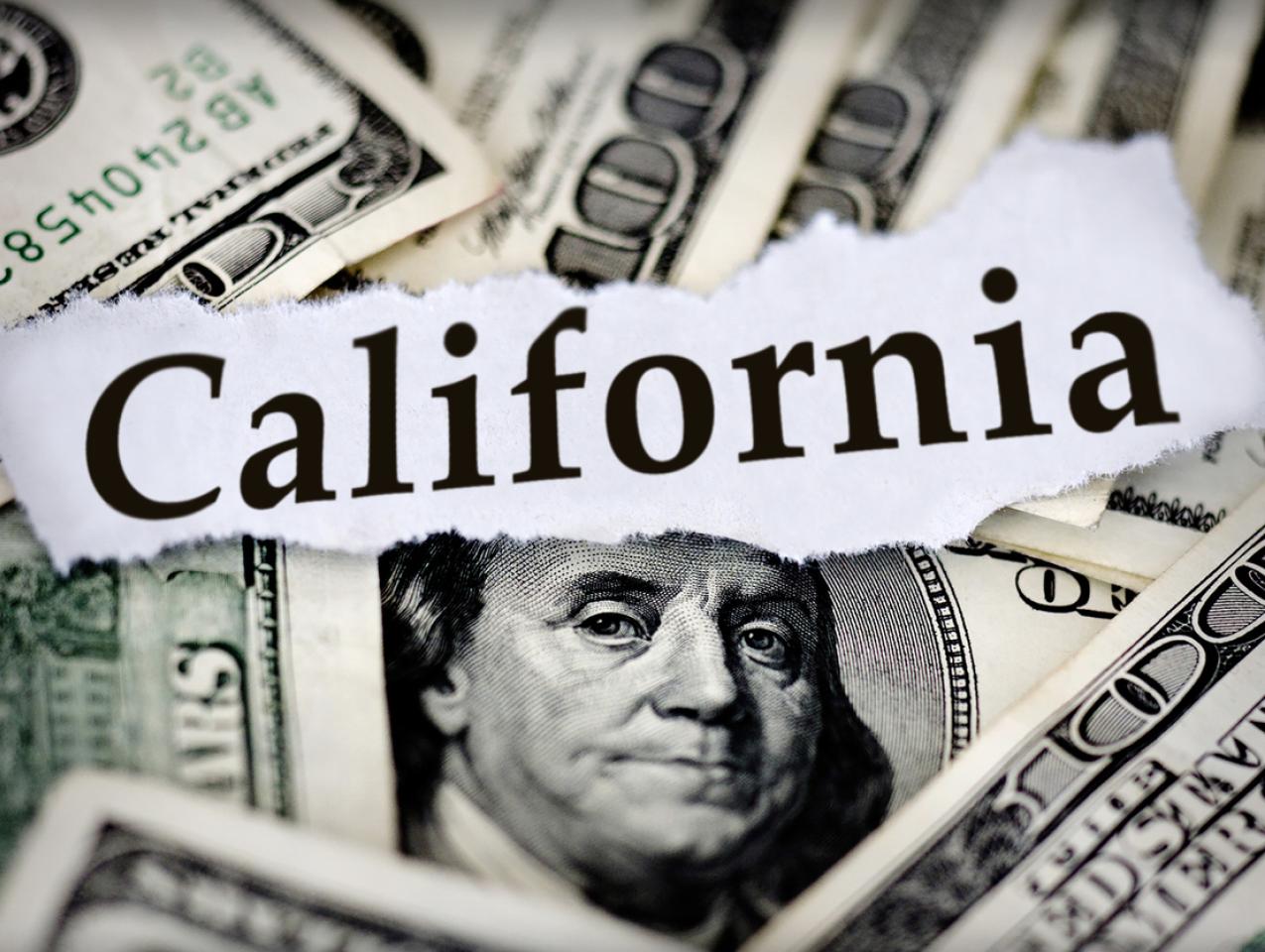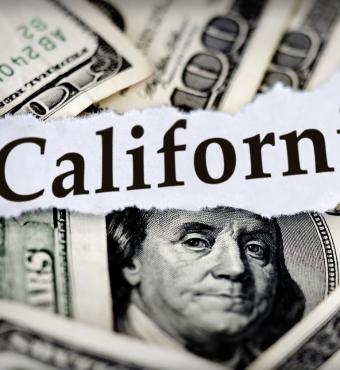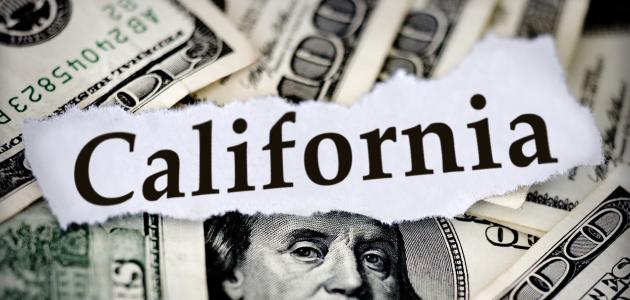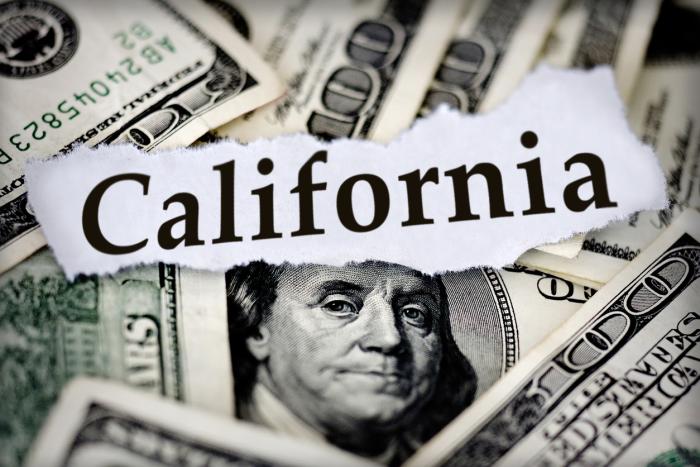During Gavin Newsom’s governorship, California’s state budget grew over 63 percent, rising from around $200 billion in 2019 to about $327 billion in the current fiscal year ending June 30. After adjusting for inflation and California’s population losses since 2019, this represents a 38 percent per person increase in real (inflation-adjusted) state government spending.
Put another way, California’s state government spends about $23,000 per household. In contrast, Florida, which is one of the fastest-growing states in the country—meaning that they are building expensive new schools, hospitals and infrastructure to accommodate their growing population—is spending $14,000 per household and since 2019 has increased its per-person spending at less than half the rate of California.
California now faces an estimated $73 billion deficit for the next fiscal year, an amount exceeding most state budgets; only New York and Texas have general fund budgets exceeding California’s projected deficit. Dealing with the deficit would perhaps be less challenging if the large prior increases in state spending had made progress on the state’s key long-standing problems. But it is difficult to see any significant gains from California’s large rise in state spending. A few of the major failures within the state include our public schools, homelessness and housing, and transportation, where billions of dollars have been burned with little to show.
California K–12 schools continue to perform poorly, with only about one out of four students being proficient in math, English, or science at federal standards, despite a budget of $128 billion in the current fiscal year. To put the state’s school budget in perspective, it exceeds the combined total state budgets of Pennsylvania, Ohio, and Tennessee, whose populations of 33 million together approach California’s population of just under 39 million. Moreover, chronic absenteeism among K–12 students—defined as students missing at least 10% of the school year—has increased from around 11 percent before the start of the COVID-19 pandemic to 25–30 percent over the last two school years.
California continues to invest billions of dollars in high-speed rail (HSR), even though the project is woefully behind schedule, grossly over budget, and without any path to long-term funding. In 2008, Californians voted to fund a $10 billion bond as seed money for an HSR system with trains that would travel at speeds of 220 miles per hour, connecting Los Angeles to San Francisco and the Central Valley to the Pacific Coast at a cost of about $34 billion. The Los Angeles–to–San Francisco route, the centerpiece of the project, was supposed to have been completed by 2020.
But now in 2024, the only route that is scheduled to be finished is Bakersfield to Merced, which will take another 10 years to complete at a total projected cost of about $35 billion, which exceeds the original cost of the entire system. What has been completed so far? A quarter-mile-long viaduct.
I doubt there is any significant demand for HSR over the Bakersfield to Merced route. California’s HSR authority estimates a time savings of about 45 minutes over car travel, one way, but that is probably too optimistic, given that the train will make three intermediate stops along the way, which not only uses time during station stops but also significantly limits the train’s average speed. If one takes the train, there is also the time needed to drive from home to the station, then the time for a taxi or rideshare from the terminal station to one’s destination. If these are 15 minutes each, there goes the time savings of taking HSR. There is also the issue of whether the arrival and departing train schedules are convenient, and the loss of the convenience of one’s car once the destination is reached.
All these factors significantly push against the attractiveness of train travel over this route. And given the project’s enormous construction and future operating costs, the train tickets will need to be enormously subsidized relative to the true cost of the project for travelers to be even willing to consider the train option between Bakersfield and Merced.
Homelessness has increased during Newsom’s governorship, rising from about 150,000 unhoused individuals in early 2019 to about 180,000 in early 2024. During this time, the state has spent roughly $24 billion on homelessness. To put this in perspective, this cumulative spending works out to about $160,000 for each of those who were homeless in 2019. And as homelessness has increased, the quality of life in San Francisco, Los Angeles, San Diego, and other California cities has declined substantially, as crime, drug abuse, and drug dealing have all increased significantly.
More broadly, Newsom’s major campaign promise when he was first elected was to create a “Marshall Plan” for housing, with a goal of creating 3.5 million new homes by 2025. This meant a roughly sevenfold increase in California new home construction. But now, in his sixth year as governor, new home construction has chronically been less than it was prior to his taking office, despite state expenditures of $22 billion on housing. It is not surprising that state subsidies for housing don’t move the needle when we are spending nearly $1 million per unit for “affordable housing.”
In 2020, California’s Employment Development Department paid out over $32 billion in fraudulent unemployment claims due to a grossly deficient IT system. California borrowed $20 billion from the federal government to pay legitimate claims, but since that time, the state government has defaulted on the loan, which means that California businesses become responsible for honoring the debt.
Against this backdrop, Newsom stated last Friday during a presentation of his proposed 2024–25 budget that “the public wants to see results. They’re not interested in inputs, they’re not interested to talk about how much money we’re spending. They deserve results and they demand results.”
Newsom wants results. But results have been scarce and mistakes have been plentiful since he became governor, and Newsom is an important reason why. He proposed and signed the previous five budgets that raised spending 63 percent. And a key factor underlying why this enormous increase in spending didn’t make a difference in the state’s problems is a lack of accountability regarding how funds are spent and tracked.
For years, Republicans have asked the Democratic supermajority in the state legislature for an audit of spending on homelessness. And Newsom’s administration blocked that audit until late last year, when enough Democrats, under pressure from their constituents, supported the audit. Not surprisingly, the audit shows that no one has much of an idea where the spending went or how effective it was.
More broadly, Newsom promised an enormous increase in home construction, yet building has declined since he took office. An important reason why construction remains depressed is because California regulations, including the California Environmental Protection Act (CEQA), increase the cost of building enormously. Newsom has railed against CEQA, particularly when it was used to block development of student housing at UC Berkeley. But after more than five years of Newsom in office and with Democratic supermajorities in both legislative houses, CEQA continues to be used as a weapon to block housing construction. CEQA could have been changed with a stroke of a pen. Results are scarce because leadership is scarce.
California is required to submit a balanced budget each year. Newsom’s proposed budget is around $288 billion for fiscal year 2024-25, which he argues will indeed balance the state budget. But his deficit forecast is nearly $30 billion dollars less than that expected by the non-partisan Legislative Analysts Office. Some of his budget savings reflect June 2025 state payroll being paid in July, after the fiscal year is over.
Newsom is proposing other cuts, some of which will hit the most vulnerable. These include reducing spending on broadband internet for poor communities, reducing services for foster children, and reducing investments in water storage in a state where drought is a regular occurrence—and where one million residents don’t have reliable access to clean water.
It is tempting to wonder how some of those tens of billions spent in previous years could be used today. Those spent on $1 million apartment units. Those that disappeared into the homelessness complex black hole. Those that were used to build high speed rail that may never exist beyond a route with no demand.
Two keys to successful governance are prioritizing what constituents value most highly and using tax dollars cost effectively. California has failed miserably on both these accounts in the last five years.







